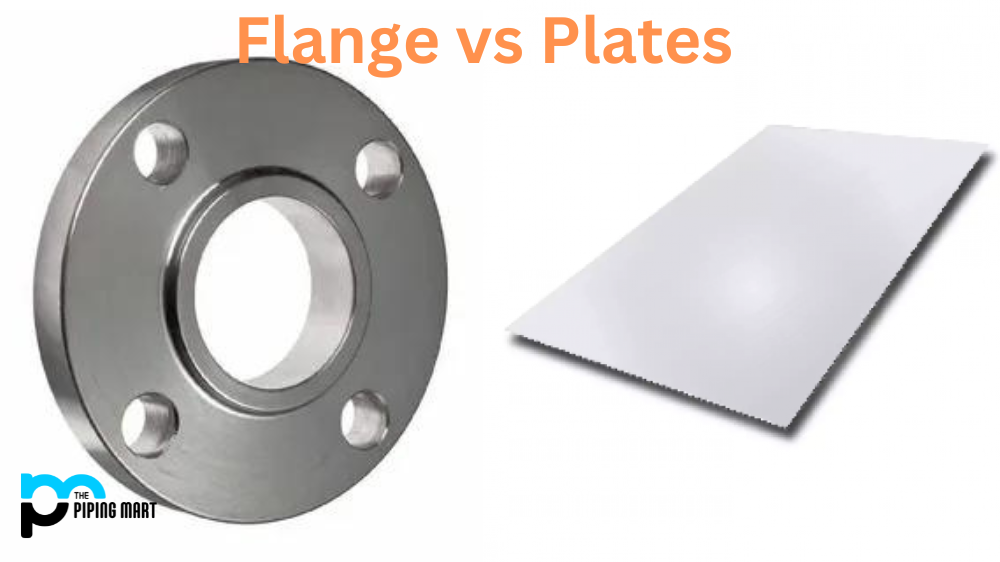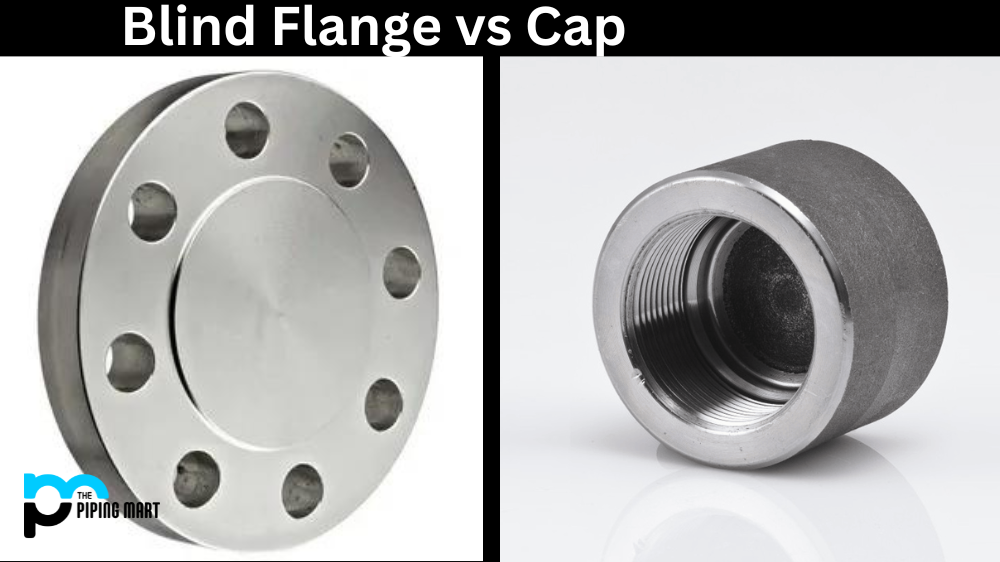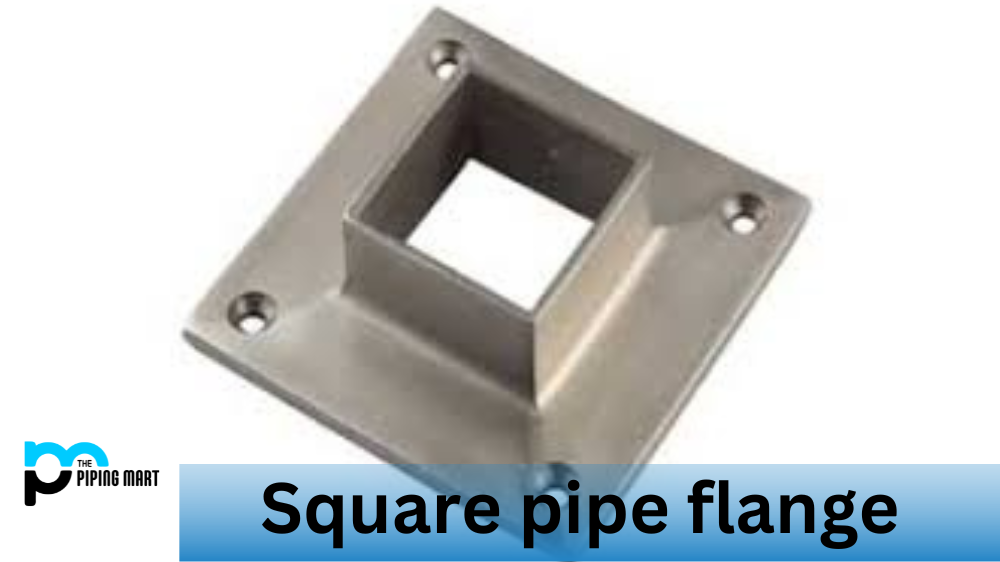Flanges and plates are two of the most commonly used methods when connecting two pipes. Both have unique advantages and drawbacks, but which is better? In this blog post, we will go over the differences between flanges and plates, their uses, and the pros and cons so you can make the best decision for your piping project.
What is Flanges?
Flanges consist of a ring or collar that is welded or screwed onto the pipe. A matching flange is attached to the second pipe, and the two flanges are bolted together, creating a tight connection. Flanges are ideal for situations where the piping needs to be easily disconnected or where frequent maintenance is required. They are also helpful where high pressures or temperatures need to be contained.
What is Plates?
Plates are flat sheets of metal welded to the pipes’ ends. The plates are then bolted together to secure the connection. Plates are typically used when the piping system needs to be permanent and rarely or never needs to be disconnected, such as in heating systems or water distribution lines. They are less expensive than flanges and require fewer parts to complete.
Difference Between Flanges and Plates
Advantages of Flanges
One of the significant advantages of flanges is their flexibility. They can be used in just about any piping configuration, including where there are bends or changes in direction. Flanges also provide more support to the pipe than plates. However, flanges are more complicated to install than plates, as they require more parts and steps to assemble.
Advantages of Plates
Plates have their own set of advantages. They are easier to install than flanges, requiring fewer parts and steps. Plates also provide a more secure connection than flanges, as they are less likely to leak or come apart. However, containers are not as flexible as flanges and are limited to straight pipe runs.
Other Differences
- Flanges are generally used for larger-diameter, high-pressure applications, whereas plates are often used for lower-pressure, lower-temperature applications.
- Flanges are typically made from forged or cast materials, whereas plates are usually made from rolled or stamped materials.
- Flanges typically have a higher pressure rating than plates.
- Flanges are generally more expensive than plates.
- Plates can be easier to install than flanges.
- Plates can be more easily repaired than flanges.
- Plates typically have a lower pressure rating than flanges.
- Plates are generally less expensive than flanges
Conclusion
Ultimately, the choice between flanges and plates comes down to the specific needs of your piping project. Plants might be better if you require a permanent connection with minimal maintenance and a lower cost. But, if you need to disconnect piping frequently or require high-temperature or pressure containment, flanges will serve you better. It is essential to consider the project’s conditions and determine what type of connection is ideal for your application.

Abhishek is a seasoned blogger and industry expert, sharing his insights and knowledge on various topics. With his research, Abhishek offers valuable insights and tips for professionals and enthusiasts. Follow him for expert advice on the latest trends and developments in the metal industry.




